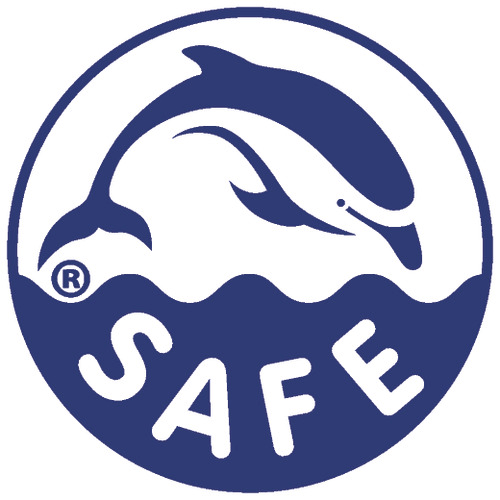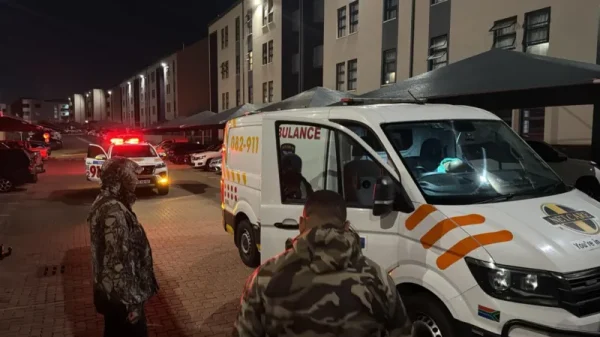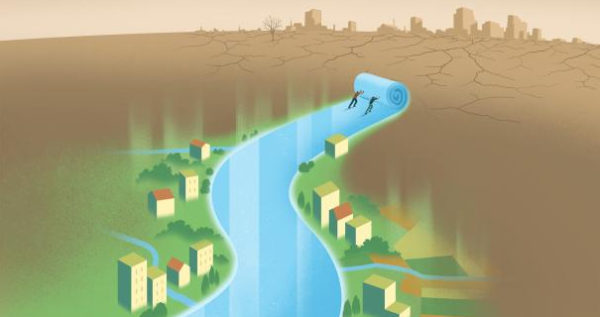Dolphins : Are They Really Safe?

We all love dolphins, but these animals are killed and injured a lot by fishing nets and bycatch.
Around 30 000 whales and dolphins are killed by bycatch each year. Bycatch is when fishermen catch a type of fish and another type or other species are caught into the net too. When this happens, usually the wrong species are left in the net and by the time fishermen release them in the water they are already dead.
The dolphin safe label is a logo that mentions that the product (example: tuna) has been fished without injuring dolphins. But it is not a guarantee. There is no one in the middle of the sea to confirm that no dolphins have been killed or injured.
When dolphins are hunting they sometimes collaborate with tuna because they eat some same species like sardines or herring. Dolphins swim at the surface of water because they need to breathe and tuna are more under water. Fishermen had used dolphins as an indicator for tuna fishing. We can see dolphins easily at the surface and because they eat some species in common with tuna, when there are dolphins in the area, there are many chances that there are tunas. By dropping the fishing nets in areas where dolphins are, fishermen increase the chances to catch dolphins in the nets.
The Netflix documentary “Seaspiracy” denounces the problems in the dolphin safe label. They interview people and travel around the world to find answers to their questions about the label.
Earth Island Institute, the organism that verifies dolphin safe tuna, wrote on their website: “Netflix’s recently released movie, Seaspiracy, makes a number of false claims about Earth Island Institute and two of its projects, the International Marine Mammal Project (IMMP) and the Plastic Pollution Coalition (PPC). […] Both IMMP and PPC were maligned and misrepresented by the filmmakers. IMMP has worked successfully for the conservation of marine mammals for more than three decades, including via the Dolphin Safe tuna program. […] It is regrettable that the filmmakers chose to attack the work of various environmentalists inside and outside Earth Island.”
Some ways to guarantee that the dolphin safe label is really dolphin safe have been tried, but none was able to confirm it was from a reliable source. For example, fisheries observers are on the boat to confirm that the fish are dolphin safe, but they could lie and they are sometimes killed because of their job. Seaspiracy denounces the death of a fisheries observer: “Ms. Gerlie Alpajora was brutally killed on July 29, 2015 in her home.”
We need to find a way to fish and pay attention to the environment. If not the ecosystem could fall apart.






Gaetan Naud • Jun 13, 2021 at 3:59 pm
Très intéressant et un problème méconnu de la plupart des gens. Malheureusement ma connaissance limitée de l’anglais ne me permet pas de répondre dans cette langue, très bon texte
Caroline Ampleman • Jun 1, 2021 at 1:19 pm
It’s really interesting! I think we have to talk more about these environmental situations. Earth doesn’t need us, but we need it! Good subject, good text, congratulation Maya Ruel!